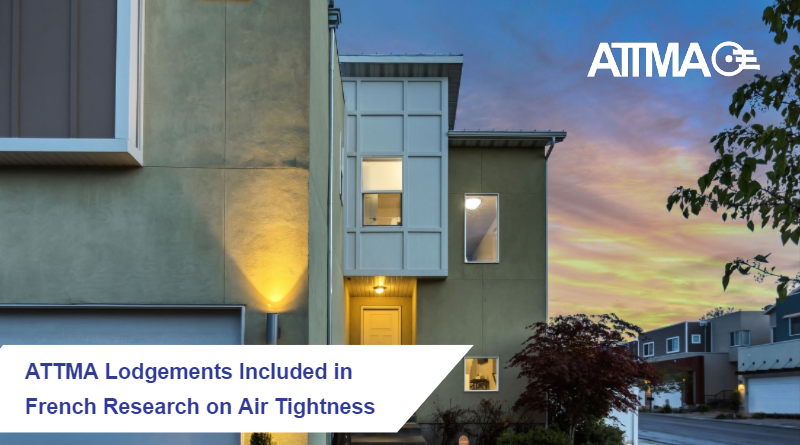ATTMA lodgements have been included in research that a French air leakage testers’ scheme which included about 219,000 air tightness results from France and 192,731 records from the UK from residential buildings built since 2010. The full article will be available in Building and Environment Volume 159 issue, not yet released.
The purpose of the paper was to give the measurement and collection methodology used, in order to increase reliability of the results; Explore the database to get a general overview of new buildings; Analyse several factors that could impact building leakage measurements and; Identify levers to improve the practices of building construction stakeholders and testers.
The original paper on the analysis of the ATTMA data showed that after a few weeks of heating, mastics with backer rods may begin to shrink and therefore first measurements have not been recorded and that refinement of air permeability is done before the recorded test.
Summary
The analysis that was performed on the French database led to some identification of factors that could impact air tightness in a building. They found that timber builds are slightly less airtight then concrete and brick buildings. Whilst there wasn’t any significant impact thermally, external insulated multi-family buildings were generally more airtight than single-family houses. This was because of concrete, which is naturally more airtight and is used more in multi-family buildings. There was no significant difference in the type of ventilation used either.
The database for air testing will continue to grow and therefore more information will be able to be analysed and comparisons made throughout the field to improve building performance.





